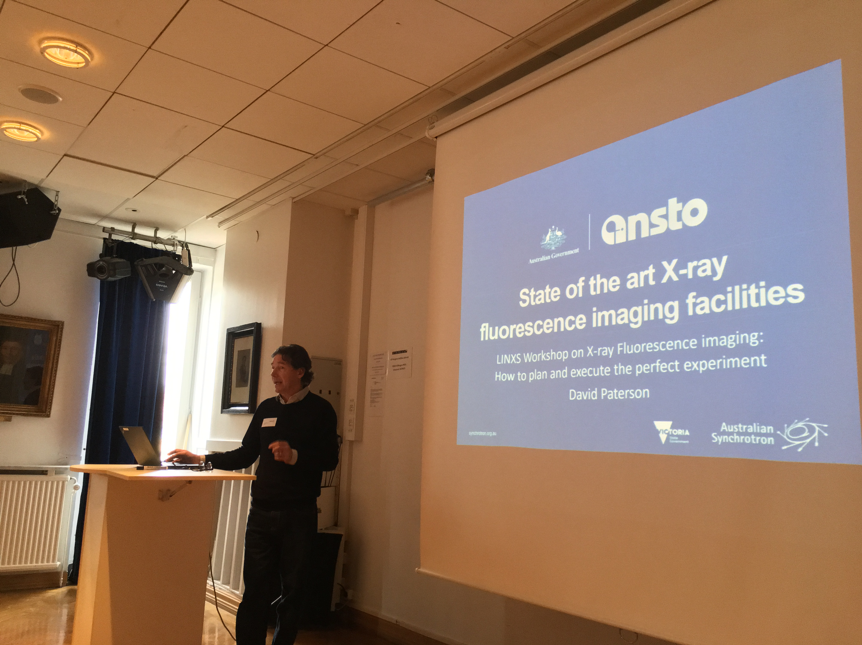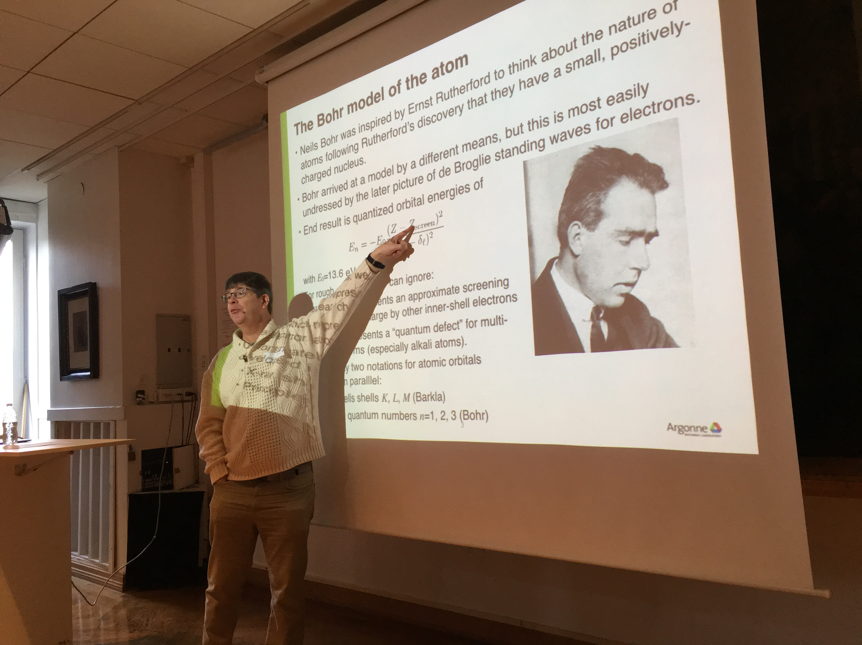Event Summary - How to plan and execute the perfect x-ray fluorescence experiment
The LINXS Imaging theme hosted a workshop on x-ray fluorescence: How to plan and execute the perfect x-ray fluorescence experiment. This workshop resulted directly from the discussion session at the LINXS Imaging symposium in December.
Researchers from Lund University (N-Fak, LTH, M-Fak and Humanities), neighbouring universities (DTU, SLU, KU, Malmö) and Rise were joined by colleagues from MAXIV and invited speakers (Jacobsen Chris (Argonne National Laboratory, USA & LINXS Fellow) and David Paterson (Australian National Synchrotron and visiting researcher at MAXIV).
The first morning session was dedicated to presentations of x-ray fluorescence measurements in terms of the background theory and methodologies plus an overview of the current state-of-the-art facilities and what they can offer. After lively discussions over coffee, the morning continued with more practical aspects relating to the possibilities at MAXIV beamlines, how to apply for beamtime in general at facilities and how to prepare samples for fluorescence experiments.
After lunch the format changed to a lively open session where the whole group discussed a range of issues surrounding x-ray fluorescence measurements, samples and experiments. Furthermore, discussions were had on how to pursue this activity in the future.
Presentations from the morning session can be found on the LINXS Indico pages here:
37 registered participants (9 N-Fak, 4 LTH, 8 M-Fak, 1 H-Fak, 8 MAXIV, 7- external)
Update: Following this event a number of new users have performed experiments at NanoMAX.





